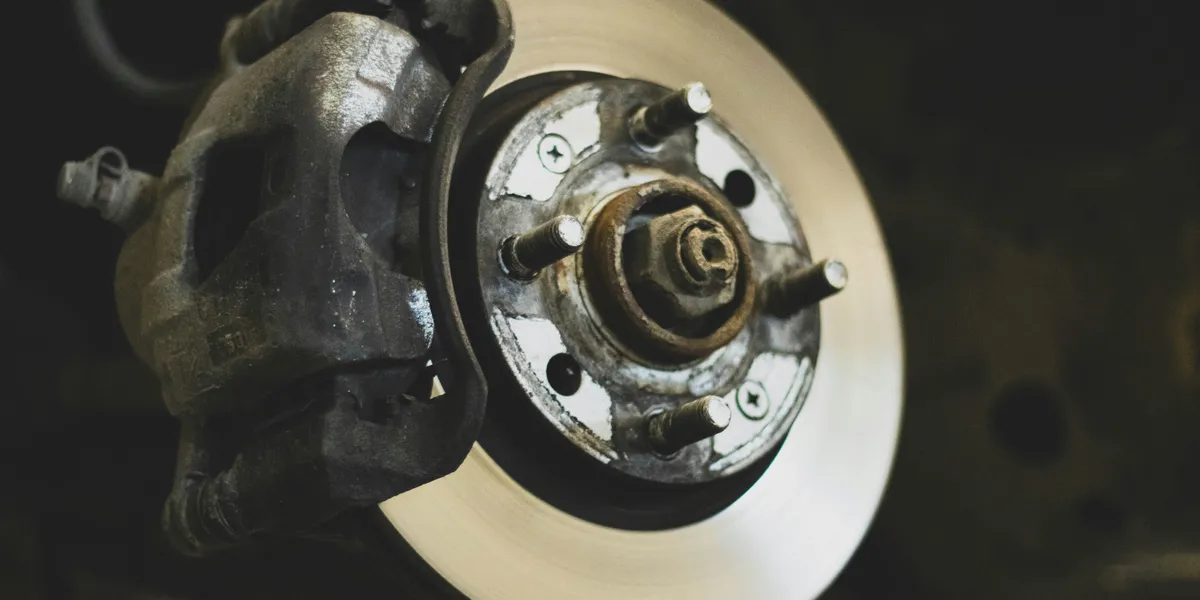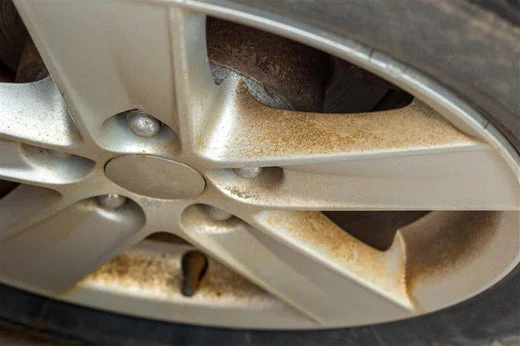We’ve all seen that dark, grimy powder on our car’s wheels. It is brake dust. While many of us see it as a simple nuisance, this byproduct of braking is a major source of environmental pollution. It is often overlooked. The automotive industry is shifting to cleaner technologies. As a result, brake dust is emerging as a silent threat. It impacts air quality and human health. This guide explores the environmental impact of brake dust. It also highlights how FBK is leading the way to a cleaner, safer future.
The Hidden Pollutant: What Makes Brake Dust So Harmful?
Brake dust is a byproduct of friction. The pads and rotors shed microscopic particles when you brake. This mixture contains iron, copper, graphite, and other heavy metals.
These microscopic particles, called PM2.5, can become airborne. They are small enough to enter the lungs and even the bloodstream. Recent studies show that brake dust can be more toxic to lung cells than diesel exhaust.
Moreover, brake dust washes off our roads in the rain. It enters storm drains. It eventually contaminates waterways and soil. The copper in traditional brake pads is especially harmful. It can disrupt the nervous systems of fish.
The Problem with EVs and Non-Exhaust Emissions
Electric vehicles (EVs) are becoming more common. This means tailpipe emissions are disappearing. However, a new focus has emerged on “non-exhaust emissions.” These emissions come from the wear of brakes and tires. EVs are often heavier due to their battery packs. This added weight can increase wear on both tires and friction brakes.
FBK’s Innovations: A Commitment to a Cleaner Planet
FBK recognizes the severity of the problem. We have a long-standing commitment to quality and sustainability. Our engineers work to reduce brake dust at its source.
- Low-Dust Formulations: FBK engineers developed unique, in-house formulations. Our pads use a special blend of ceramic and non-asbestos materials. These compounds produce significantly less dust. This means cleaner wheels and less environmental impact.
- Copper-Free Compliance: Environmental regulations are driving change. FBK is ahead of the curve. We have developed and promoted copper-free friction materials. Our products meet or exceed strict regulations, ensuring our brakes are safer for waterways and ecosystems.
- Advanced R&D and Testing: FBK’s dedication to quality includes intensive R&D. Our engineers perform rigorous testing. This includes dynamometer testing. This ensures our pads offer superior wear resistance and durability. It also means less overall material shedding.
- Precision Engineering: We design our friction materials for optimal performance. This reduces the abrasive action needed for stopping. Our commitment to quality ensures our pads are gentler on brake rotors. This also helps reduce overall brake dust.
Conclusion: A Shift in Focus, A Cleaner Future
Brake dust is a silent but significant environmental issue. A cleaner automotive future must address it. FBK is proud to be a partner in this effort. We lead the way with our innovative, low-dust, and eco friendly solutions. By choosing FBK, you get more than reliable stopping power. You contribute to a cleaner, healthier environment for everyone.





